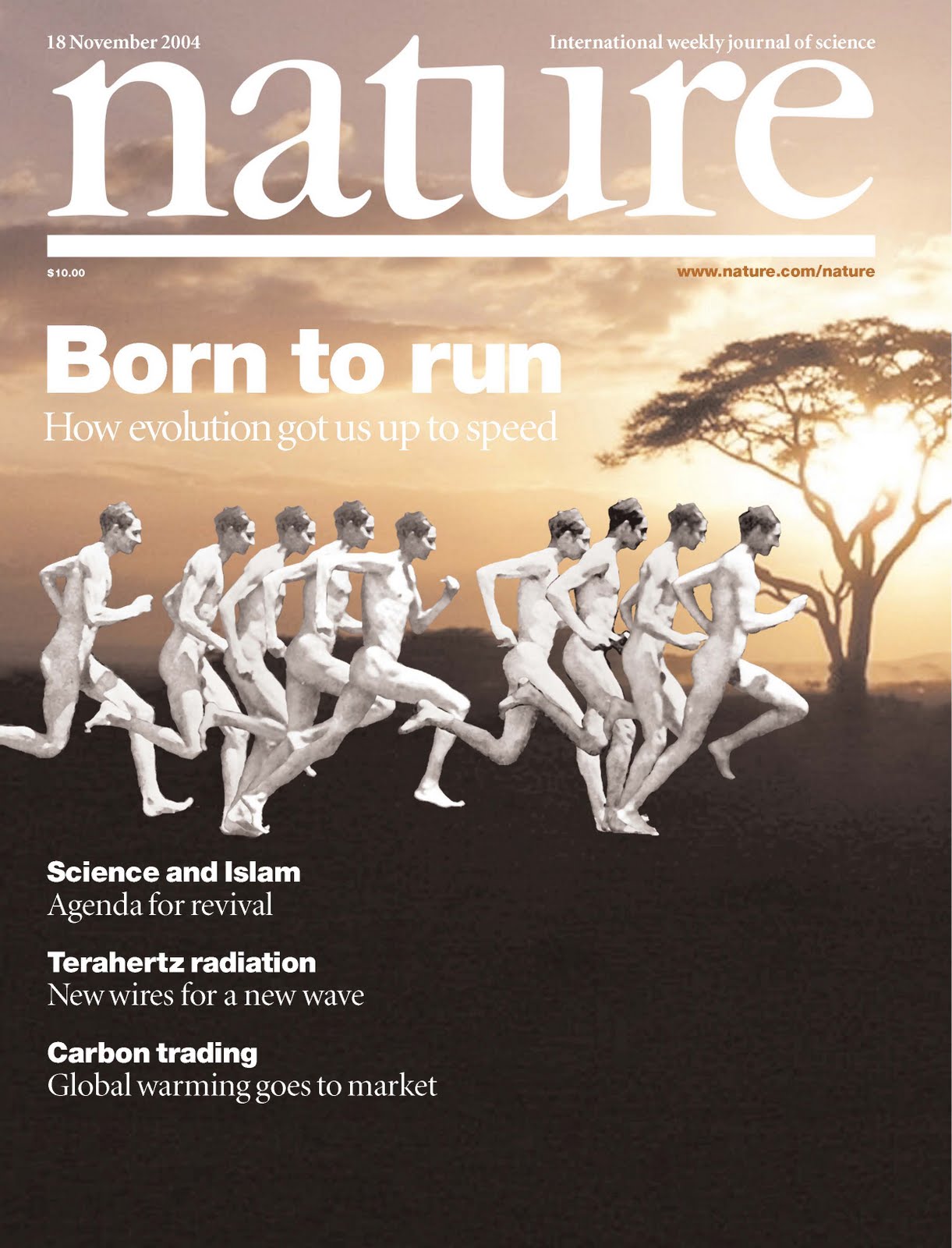BEFORE CLASS: BACKGROUND AND PREPARATION
- Preview text chapters, lab manual, Powerpoint
presentations, web resources
- Print out handouts for this section of course
- Bone Box--great for learning bones [link]
-
Bones from the Bone Box with X-ray views to compare
along with labels--great for seeing bones and x-rays [link]
- View digitized human limb movements--walking,
jumping, stairs, elbow is great (needs video player installed) [link]
|
| GOALS |
PRESENTATIONS |
ACTIVITIES |
-
Apply basic organizational of
upper limb to see same basic organization of lower limb
-
Learn details of bones, joints,
nerves and muscles of lower limb
|
Lower limb anatomy and
function
|
Use bones and cadavers to learn
anatomy of lower limb
|
| WEB RESOURCES
Fractures--see types of fractures all over body in x-rays
Fun and fitness website--great simple line drawings on exaggerated
weight-lifter bodies showing main muscle groups--good study aid, just click
on the body regions on the navigation bar
Surface Anatomy of the limbs [link]
Bone Box--great for learning bones [link]
Bones from the Bone Box with X-ray views to compare
along with labels--great for seeing bones and x-rays [link]
X-rays with lots of details (from LUMEN) [link]
Best online collection of radiological images--x-rays,
CT scans, angiograms (from LUMEN) [link]
|
DETAILED LEARNING OBJECTIVES
- Be able to identify and describe the bones and joints
of the lower limb including pectoral girdle
- Know the vocabulary to describe all the different kinds
of movements that can occur at the joints of the lower limb.
- Identify origin, insertion, function and innervation of
the muscles of the lower limb (hip, leg, foreleg, foot)
- Practice locating and identifying various lower limb
structures through their surface anatomy
- Diagram and follow the path of spinal nerves through
the lumbral/sacral plexus out to the muscles of the upper limb.
- Diagram the path of sensory innervation from regions of
the upper limb through the major nerves to the spinal cord
- Predict the type of condition/impairment caused by
nerve damage to major nerves of the lower limb
- Analyze the role of major muscle groups and the
movement they initiate across the joints during different human gaits
|




